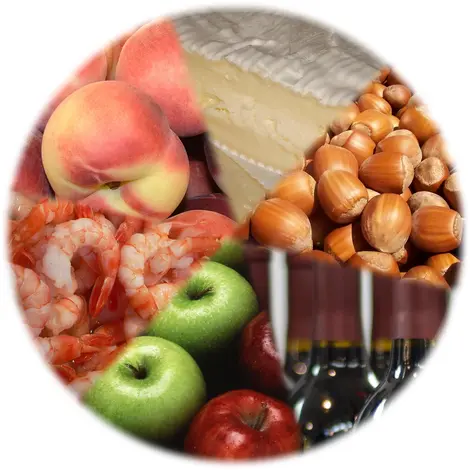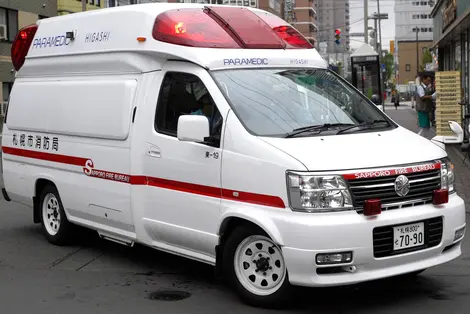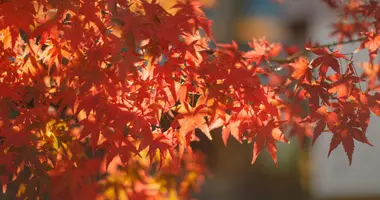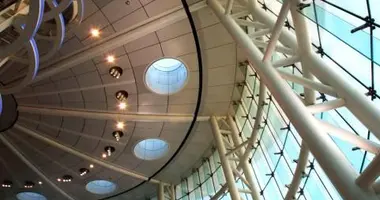Food allergies in Japan 食物アレルギー
- Published on : 31/01/2017
- by : A.L.
- Youtube
How should you prepare for your trip?
Food allergies aregenerally taken very seriously in Japan, and due to the high quality of servicerestaurant owners will usually do their best to meet your requests. By learning just a fewbasic words, you should be able to manage.
"I'm allergic"
First, learn thisword: アレルギー (arerugii). As you can probably tell from how it sounds, it means“allergy”. The easiest way for a non-Japanese speaker to make acomplete sentence is to learn this phrase:
“[allergenic food] arerugii ga arimasu”, which means“ I am allergic to [name of food]”.
The restaurant ownerwill generally point out certain dishes on the menu, or will ask for informationfrom the kitchen about the ingredients of the dish you have chosen.
The most common allergies
To find the name of aproduct you are allergic to, you can use online dictionaries, Google translateor Wikipedia, but here's a short list of the most common:
- egg: tamago
- milk: gyūnyū
- nuts: nattsu (from English nuts) /shujitsurui(a more scientific term)
- soya: daizu
- fish: sakana
- shellfish: shiifūdo
- wheat: komugi
- gluten: guruten
If the person you arespeaking to does not seem to understand what you are saying, don’t hesitate towrite it down.
Some Japaneserestaurants also cook gluten-free dishes and indicate it in their menus: lookout for the word グルテンフリー (gluten free).
If something goes wrong
If, despite your bestefforts, you find you have eaten something harmful, call 119, which is thenumber for fire/medical assistance. Be sure to check what is covered by your healthcare plan ortravel insurance before leaving home.















